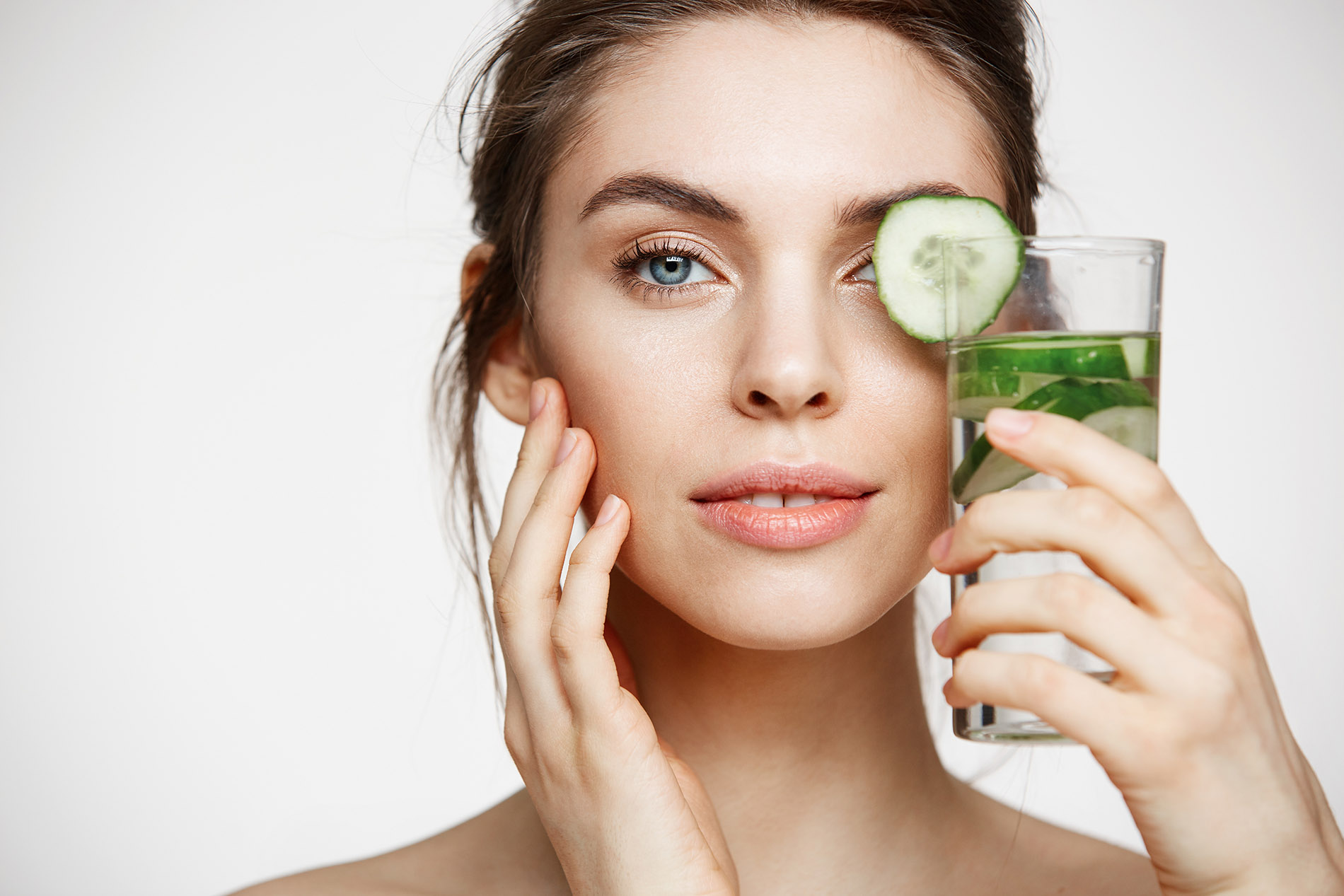
The importance of health and beauty is essential for both physical and emotional wellbeing. Poor health can negatively impact one’s attractiveness, leading to a lowered self-esteem and negative career outcomes. People respect those who are in good health and feel confident. Moreover, maintaining good health can also boost one’s self-esteem and reduce anxiety and depression. Here are a few reasons why health and beauty are important for everyone. Let’s look at each one of them in turn.
Influence of advertising
The influence of advertising on health and beauty products is significant, especially for women. Advertisements often transform ordinary items into desirable objects. A lipstick next to a high-heeled shoe communicates glamour and a teddy bear with fabric softener signals softness. Women may feel compelled to buy a certain product or use it daily if it helps them look and feel better. The same applies to anti-aging products. According to the beauty director of InStyle magazine, Alice Ripman, these advertisements can contribute to body shame and even eating disorders.
Advertising professionals are often responsible for preparing health advertising messages. They argue that their job is to make the messages more appealing to consumers and to achieve their client’s goals. The key to health-related advertising is finding the right balance between persuasion and consumer protection. The collaboration between advertisers and agencies is key to ensuring the success of these campaigns. While advertising professionals are tasked with creating appealing messages, they also need to be sensitive to the health and beauty needs of their target audiences.
In the past decade, the amount of health and beauty aids companies using media advertising has grown by 41 percent. The growth was led by small brands and primarily concentrated in digital channels. Overall, health and beauty advertising spending is concentrated in small segments, but the growth in this area remains significant. And, even more interesting, this increase has been driven by growth in small segments. If you’ve been wondering whether or not health and beauty advertising is responsible, this research has the answers.
Influence of body image
Body Image Disorder (BID) is an important problem affecting public health, with negative body images resulting in increased dissatisfaction with the physical appearance of adolescents. The internalization of body image ideals and the social comparisons that ensue leads to an unhealthy perception of the self. Moreover, body image disorders such as BD can be very dangerous, affecting a range of health and behavioral outcomes including sexual activity, depression, disordered eating, and reduced self-esteem.
Body image affects all aspects of our lives, including our physical appearance. This can be caused by the people around us, our family members, our friends, and even our social media posts. Even our physician’s health advice may be interpreted negatively. As a result, many people fail to realize that their body image is affecting their overall health and appearance. However, with the help of a health and beauty coach, many people can regain a positive attitude about their physical appearance.
Aside from these underlying causes, body image affects eating disorders. It also affects our psychological state, affecting the way we perceive ourselves and how we interact with others. For instance, the media has a significant influence on our thoughts about our bodies. Advertisements and magazines show models with near-perfect bodies, and TV and social media post images of idealized women. While these images may seem ideal, they are unrealistic for many average Americans.
Influence of diet
Dietary habits refer to a person’s preferred food. They are influenced by geographical, historical, cultural, and product factors. A diet that is out of balance may lead to a variety of diseases and premature aging, which may also affect the health of the skin. Numerous epidemiological studies have indicated that diet may play a role in the pathogenesis of many age-related diseases, including cardiovascular disease.


